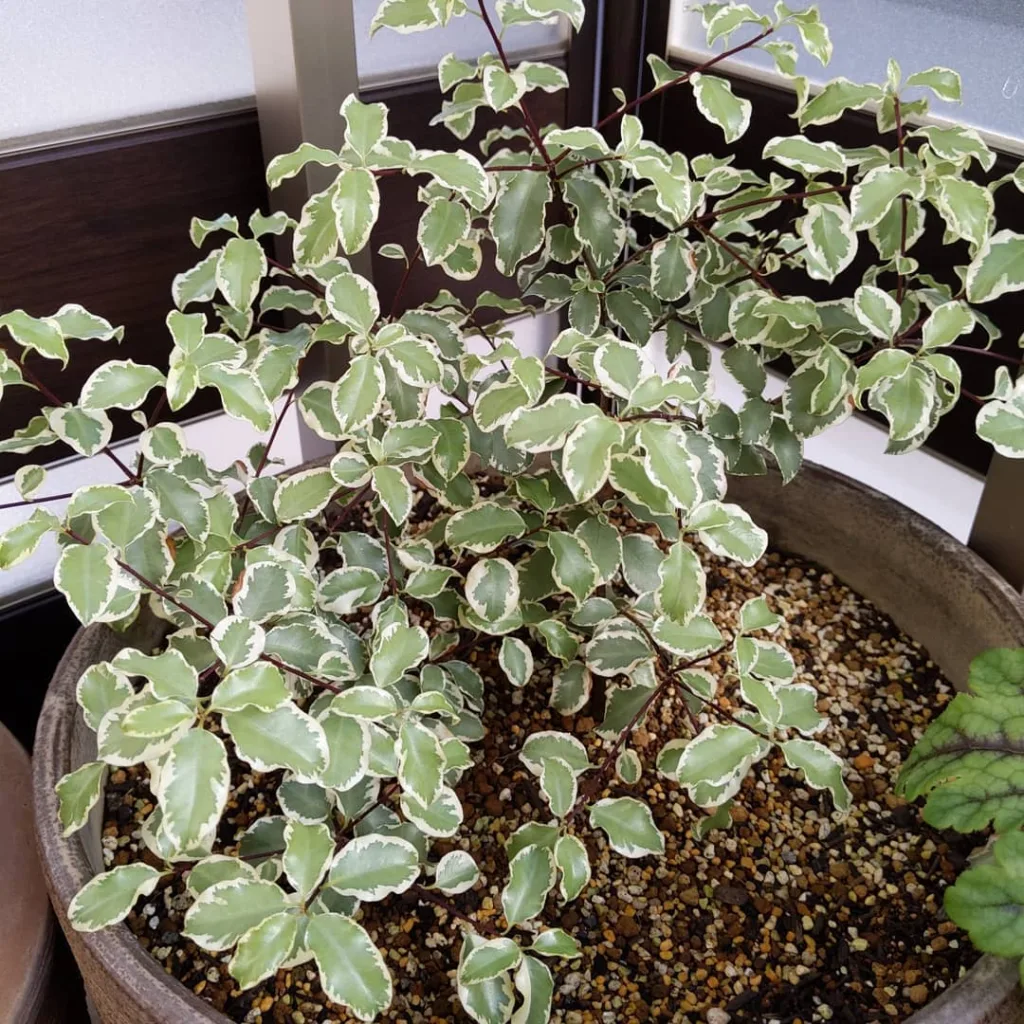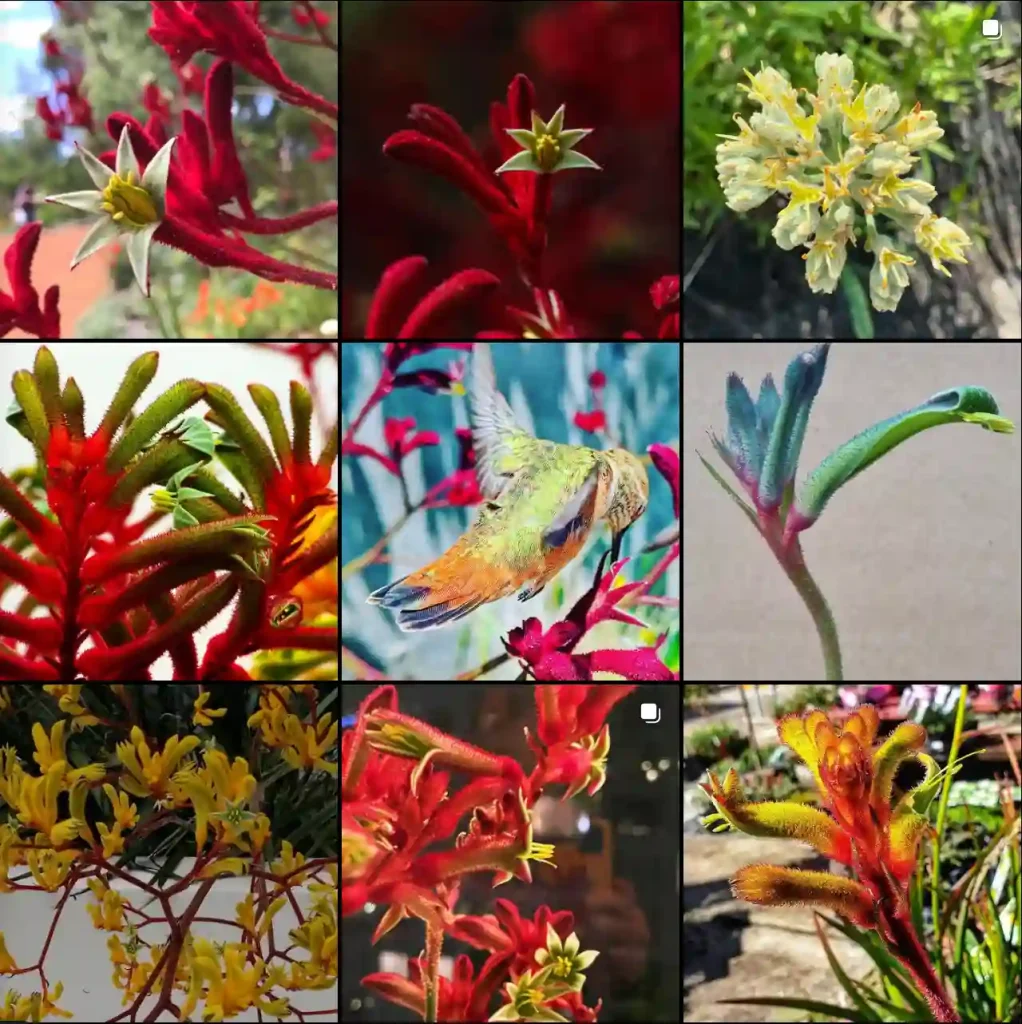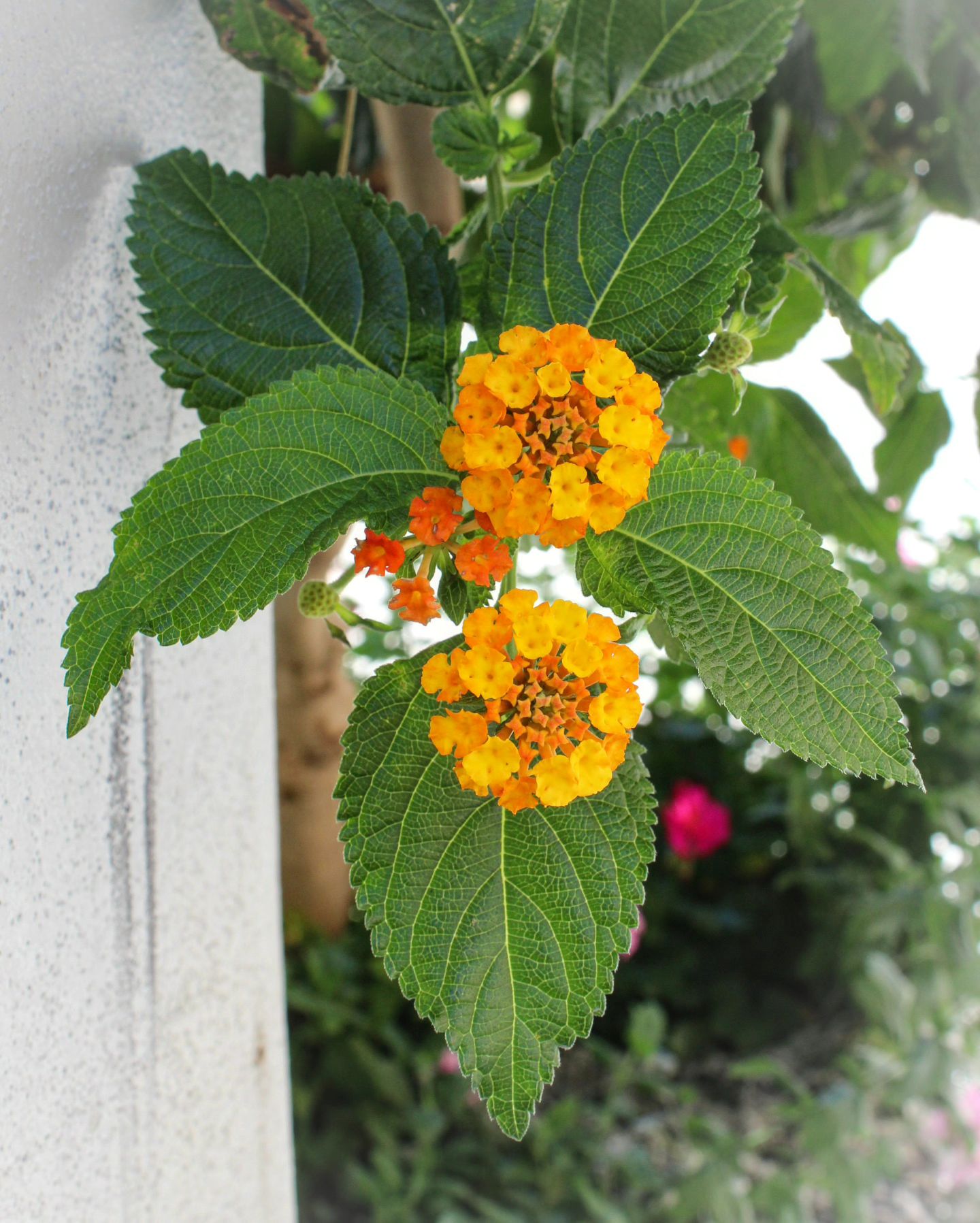Lemna Trisulca: The Tiny Titan of the Pond
Hi, I’m Ferb Vu, and I’m fascinated by the underwater world. Today, we’re diving deep to explore a remarkable aquatic plant – Lemna Trisulca, also known as Ivy-leaved Duckweed. This tiny titan might be easy to overlook, but its impact on ponds and aquariums is undeniable.
14 Species in Genus Lemna
What is Lemna Trisulca?
Lemna Trisulca is a free-floating, flowering plant native to freshwater habitats across the globe. It’s part of the Lemnaceae family, known for its duckweed species. Unlike rooted plants, Lemna Trisulca thrives on the water’s surface, its tiny fronds basking in the sun. Each frond, technically called a thallus, resembles an elongated oval with a pointed tip, sometimes resembling an ivy leaf – hence the “Ivy-leaved” nickname.
Lemna Trisulca vs. Lemna Minor: The Great Duckweed Debate
New to the world of duckweed? You might confuse Lemna Trisulca with its close cousin, Lemna Minor, the common duckweed. Both are free-floating and have a green, flattened body. Here’s a quick breakdown to differentiate them:
- Size: Lemna Trisulca is slightly larger, with fronds reaching up to 5 millimeters long, compared to Lemna Minor’s 3 millimeters.
- Shape: Lemna Trisulca’s fronds are more elongated and pointed, while Lemna Minor’s are rounder and broader.
- Growth pattern: Lemna Trisulca tends to grow in chains, with fronds attached to each other. Lemna Minor grows individually or in smaller clusters.
The Allure of Lemna Trisulca
Beyond its tiny size, Lemna Trisulca offers several benefits:
- Habitat Provider: It creates a cool, shaded haven for fish and other aquatic creatures.
- Water Purifier: Lemna Trisulca absorbs excess nutrients from the water, helping to control algae growth and maintain water quality.
- Food Source: Fish, tadpoles, and invertebrates nibble on Lemna Trisulca, making it a valuable part of the pond ecosystem.
- Fast Reproducer: Lemna Trisulca reproduces asexually by budding, quickly forming a dense green mat across the water’s surface.
How to care for Lemna Trisulca?
While beneficial, Lemna Trisulca’s rapid growth can sometimes become overwhelming. Here’s how to maintain a healthy balance:
- Manual Removal: Skim off excess Lemna Trisulca with a net to prevent it from blocking too much sunlight.
- Introduce Shade-loving Plants: Water lilies and other submerged plants can help restrict sunlight penetration, slowing down Lemna Trisulca’s growth.
- Maintain Nutrient Balance: Excess nutrients in the water can fuel explosive Lemna Trisulca growth. Regularly test and adjust pond parameters to keep nutrients under control.
Lemna Trisulca: A Tiny Powerhouse
Lemna Trisulca might be small, but its ecological impact is undeniable. From providing habitat to purifying water, this fascinating plant plays a vital role in keeping our ponds healthy and vibrant. So, the next time you spot a green mat on your pond’s surface, take a closer look. You might be surprised by the tiny powerhouse thriving beneath it.
Beyond the Pond: Exploring the Potential of Lemna Trisulca
Lemna Trisulca’s benefits extend far beyond the picturesque world of ponds. Here’s a glimpse into its exciting potential:
- Bioremediation: Research suggests Lemna Trisulca can be used in wastewater treatment facilities to absorb pollutants like heavy metals and organic compounds. Its rapid growth and high biomass make it a promising tool for cleaning contaminated water.
- Aquaculture Feed: Lemna Trisulca’s high protein and nutrient content make it a potential sustainable food source for fish and other aquatic animals in aquaculture. Its fast reproduction rate allows for consistent and readily available feed production.
- Biofuel Source: Studies are exploring the potential of Lemna Trisulca for biofuel production. Its ability to grow quickly and efficiently on wastewater could offer a renewable and eco-friendly fuel source.
Lemna Trisulca and Sustainability
Lemna Trisulca’s potential applications align beautifully with the growing focus on sustainability. Here’s how this tiny plant can contribute to a greener future:
- Reduced Fertilizer Use: By absorbing excess nutrients from water bodies, Lemna Trisulca can help decrease reliance on chemical fertilizers in agriculture.
- Wastewater Treatment Efficiency: Utilizing Lemna Trisulca in wastewater treatment can reduce energy consumption compared to traditional methods.
- Renewable Biofuel Source: If biofuel production from Lemna Trisulca becomes a reality, it could lessen dependence on fossil fuels.
The Future of Lemna Trisulca
Research on Lemna Trisulca is ongoing, with scientists continually uncovering new possibilities. Here are some exciting areas for future exploration:
- Genetic Engineering: Modifying Lemna Trisulca’s genetic makeup could enhance its ability to absorb specific pollutants or improve its biofuel conversion efficiency.
- Integrated Aquaculture Systems: Developing systems that combine fish farming with Lemna Trisulca cultivation could create a closed-loop system, reducing waste and maximizing resource utilization.
Lemna Trisulca: A Tiny Plant with Big Potential
Lemna Trisulca, often overlooked as a common pond plant, presents a wealth of possibilities for a more sustainable future. From cleaning our water to providing renewable resources, this tiny powerhouse deserves our attention and further exploration. As we delve deeper into its potential, Lemna Trisulca might just become a game-changer in the pursuit of a greener tomorrow.
If i die, water my plants!



